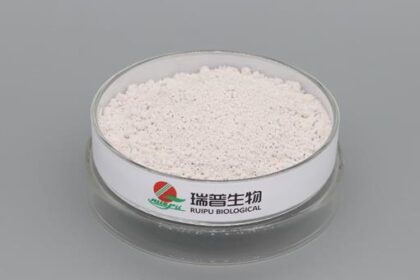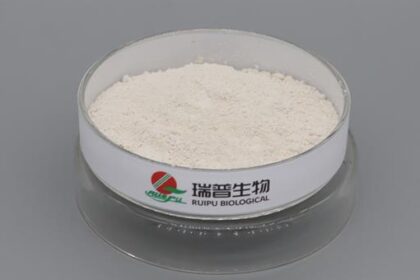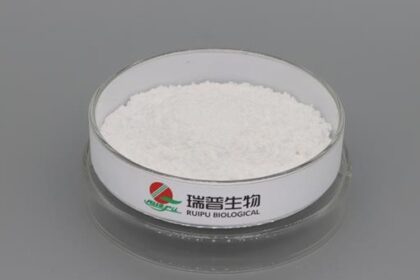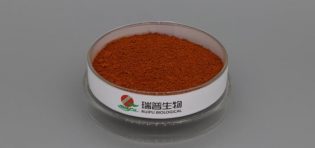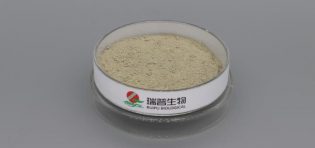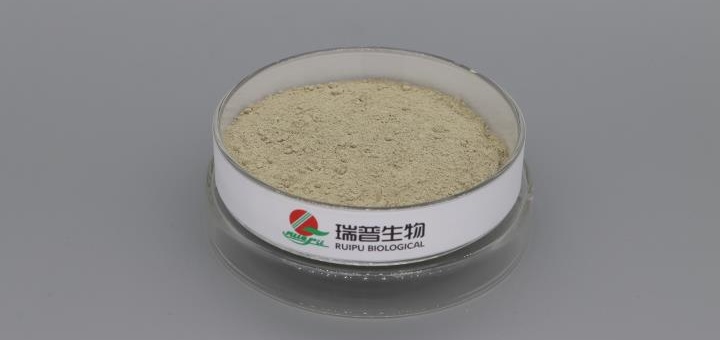
Ferrous gluconate, a commonly used oral iron supplement, its bioavailability (i.e., the efficiency of iron absorption and utilization by the body) is a core indicator for evaluating the effectiveness of iron supplementation. Compared with traditional inorganic iron supplements (such as ferrous sulfate), ferrous gluconate has advantages like good water solubility and low gastrointestinal irritation. However, its bioavailability is still affected by various factors, showing significant differences under different physiological and dietary conditions.
I. Characteristics of Ferrous Gluconate's Bioavailability
Iron absorption in the human body mainly occurs in the duodenum and upper jejunum, relying on transport proteins (such as DMT1) in intestinal mucosal cells. Ferrous gluconate is an organic iron complex, where the gluconate ion in its molecular structure binds to iron ions through coordinate bonds, forming a relatively stable soluble complex. This structure makes it less likely to be precipitated by components in food (such as phytic acid and tannic acid) in the gastrointestinal tract, allowing it to dissolve more efficiently in intestinal fluids and reduce direct irritation to the intestinal mucosa.
Studies have shown that the bioavailability of ferrous gluconate is generally higher than that of inorganic iron supplements: under normal physiological pH conditions, its iron ion release rate is gentler than that of ferrous sulfate, enabling more coordinated binding with the iron transport system of intestinal mucosal cells, with an absorption rate of 15%-20% (compared to approximately 10%-15% for ferrous sulfate). This advantage is particularly evident in populations with insufficient gastric acid secretion (such as the elderly and patients with atrophic gastritis) — inorganic iron needs to rely on gastric acid to dissociate into free iron ions for absorption, while the complex structure of ferrous gluconate can reduce dependence on gastric acid, making it more easily absorbed by the intestines.
II. Key Factors Affecting the Bioavailability of Ferrous Gluconate
Body Iron Nutritional Status
The human body has a "self-regulating" mechanism for iron absorption: when iron reserves in the body are sufficient (e.g., high serum ferritin levels), intestinal mucosal cells reduce the expression of iron transporters, lowering the absorption of ferrous gluconate; conversely, in the state of iron deficiency anemia, the body can increase the absorption rate of ferrous gluconate to over 30% by upregulating the activity of transporters. This regulatory mechanism ensures that iron does not accumulate excessively in the body, avoiding the risk of oxidative damage.
Synergistic and Antagonistic Effects of Dietary Components
Certain components in the diet significantly affect the absorption of ferrous gluconate:
Promoting factors: Vitamin C (ascorbic acid) can reduce trivalent iron to more absorbable divalent iron and stabilize iron ions through complexation, reducing precipitation; the "meat factor" (a small molecular peptide with undefined structure) in meat, fish, and poultry can promote iron absorption, and co-administration with ferrous gluconate can increase utilization by 20%-30%.
Inhibiting factors: Tannic acid in tea and coffee, phytic acid in whole grains, and oxalic acid in vegetables can form insoluble complexes with iron ions, hindering absorption; calcium ions in high-calcium foods (such as milk) may compete with iron for transporters, reducing the absorption efficiency of ferrous gluconate. Therefore, it is recommended to take them at least 2 hours apart.
Gastrointestinal Environment
Intestinal pH is an important factor affecting the absorption of ferrous gluconate: in an acidic environment (pH 2-3), its complex structure is more likely to dissociate, releasing iron ions for absorption; if the gastrointestinal pH increases (such as taking antacids or reduced gastric acid secretion caused by Helicobacter pylori infection), iron ion precipitation may occur, reducing utilization. In addition, excessively fast intestinal peristalsis (such as diarrhea) will shorten the residence time of iron supplements in the intestines, reducing absorption opportunities; while constipation may prolong the contact time, indirectly improving utilization, but attention should be paid to avoiding excessive accumulation of iron supplements in the intestines causing discomfort.
Dosage and Administration Method
The absorption of ferrous gluconate has a "dose effect": the absorption rate of small, multiple doses is higher than that of a single large dose. For example, the total absorption rate of taking 100mg of iron element 3 times a day is about 40% higher than that of taking 300mg at a time. This is because the binding sites of intestinal transporters are limited, and excess iron will be excreted with feces due to the inability to be transported in time. At the same time, taking it on an empty stomach (1 hour before meals) can reduce interference from food components and improve utilization, but it may cause discomfort to those with sensitive gastrointestinal tracts, so a balance must be struck between irritation and absorption efficiency.
III. Practical Suggestions to Improve the Bioavailability of Ferrous Gluconate
Based on the above influencing factors, optimizing the administration method can significantly improve the iron supplementation effect: for example, taking ferrous gluconate with vitamin C-rich fruit juices (such as orange juice) or pair meat food after meals, while avoiding taking it with tea, coffee, or high-calcium drinks; for those with insufficient gastric acid, under the guidance of a doctor, they can take dilute hydrochloric acid preparations in combination to adjust intestinal pH; for patients with iron deficiency anemia, it is recommended to adopt a "small-dose, time-separated" administration plan, which not only improves absorption efficiency but also reduces gastrointestinal burden.
The bioavailability of ferrous gluconate is the result of the combined action of body state, dietary structure, physical and chemical environment, and other factors. Understanding these influencing mechanisms is of great guiding significance for reasonably selecting iron supplementation schemes and improving iron supplementation effects.

